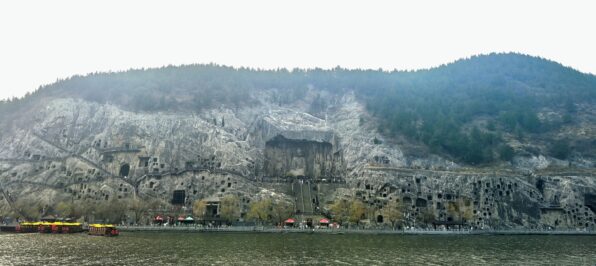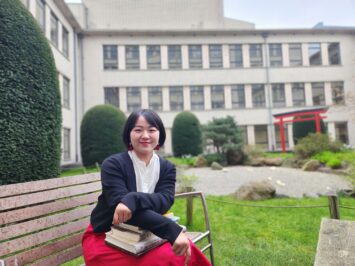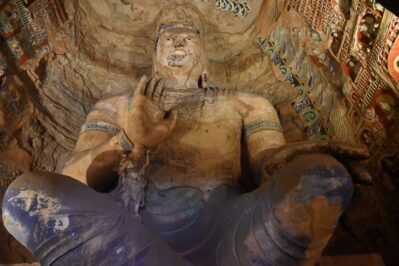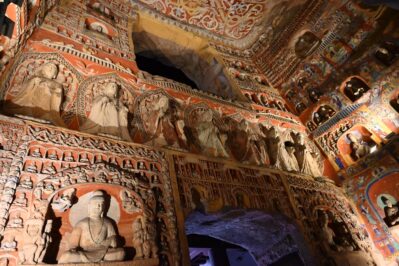GCBS researcher Wen Xueyu conducted her field investigation from January 1st to 13th, 2025, in the framework of her project on the development of apsara (feitian 飛天) iconography.
During this period, she visited several caves, temples, and museums along the Hexi Corridor (河西走廊, Héxī Zǒuláng), including:
- Maijishan Grottoes (麥積山石窟, Màijīshān Shíkū)
- Bingling Temple (炳靈寺, Bǐnglíng Sì)
- Mogao Caves in Dunhuang (敦煌莫高窟, Dūnhuáng Mògāo Kū)
- Tianshui Museum (天水市博物館, Tiānshuǐ Shì Bówùguǎn)
- Wuwei Museum (武威市博物館, Wǔwēi Shì Bówùguǎn)
- Kumārajīva Temple (鸠摩罗什寺, Jiūmóluóshí Sì)
- Haizang Temple (海藏寺, Hǎizàng Sì)
- Giant Buddha Temple (大佛寺, Dàfó Sì)
- Zhangye Museum (張掖市博物館, Zhāngyè Shì Bówùguǎn)
- Gansu Provincial Museum (甘肅省博物館, Gānsù Shěng Bówùguǎn)
- Dunhuang Art Museum (敦煌藝術博物館, Dūnhuáng Yìshù Bówùguǎn)
Additionally, on January 21st, she visited the Qingzhou Museum (青州博物館, Qīngzhōu Bówùguǎn).




The photo was taken inside Cave 13 of the, which was built between 471 and 494 CE. Between the window on the south wall and the entrance, in a large house-shaped niche, there are seven standing Buddha statues (the seven Buddhas of the past?).